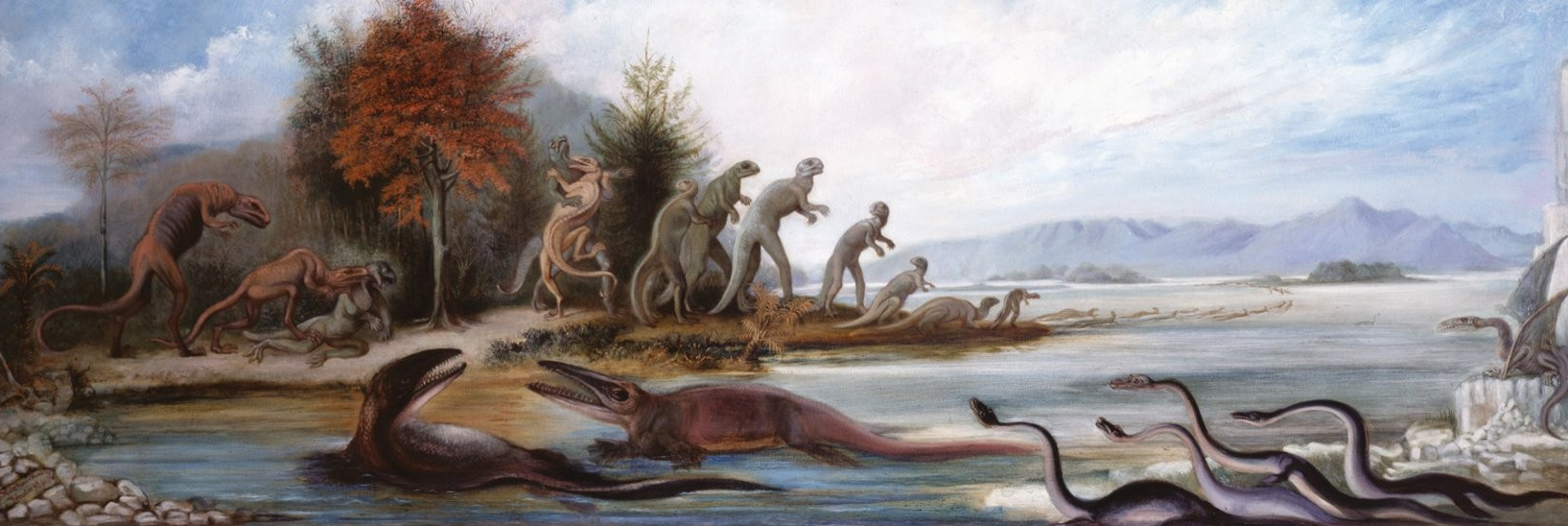For the first time,teacher and student sex video astronomers think they've found solid evidence of a moon orbiting a planet outside of our solar system.
And it's a doozy.
The exoplanet, named Kepler-1625b, is 8,000 light-years away and thought to be many times more massive than Jupiter, much larger than any world in our own solar system. The moon orbiting it is about the size of Neptune.
If confirmed, this will be the first time a moon has been found outside of the solar system, according to a new study detailing the finding in the journal Science Advances.
“It is an exciting reminder of how little we really know about distant planetary systems and the great spirit of discovery exoplanetary science embodies," study co-author Alex Teachey said of the discovery in a statement.
Teachey and his co-author David Kipping found the moon — named Kepler-1625b-i — by using the intrepid Hubble Space Telescope.
The research team used the telescope to find small dips in the light of the star orbited by Kepler-1625b and its moon.
SEE ALSO: Details of Saturn's northern lights revealed in new Hubble telescope photosAt first, the researchers saw the dip in light caused by the planet passing across the face of the star, but not long afterward, they saw a second, smaller dip, likely caused by the moon transiting across the star.
“We saw little deviations and wobbles in the light curve that caught our attention,” Kipping said in the statement.
“It was definitely a shocking moment to see that light curve — my heart started beating a little faster and I just kept looking at that signature."
While it definitely looks likely that the newfound moon is there, researchers will still need to do a bit more work to confirm it.
 Original image has been replaced. Credit: Mashable
Original image has been replaced. Credit: Mashable According to the authors of the study, it's possible that the second dip in light could be caused by another planet orbiting the star, but the Kepler Space Telescope didn't find any evidence of a second planet in the system during its observations of the star.
It's also just generally very difficult to find these kinds of objects.
"With exomoons we are stretching the limits of our instrument detection thresholds and precision," astronomer Laura Mayorga, who wasn't involved in the new study, said via email. "The authors are very careful to explain their reasoning behind their conclusions."
In the future, gathering more data about this possible moon and any others could help us put our own solar system in better context as well.
"Who is the unusual one here?"
"We need a larger sample of exomoons to place this one and our moons in context," Mayorga said. "Who is the unusual one here?"
Finding moons outside of our solar system could also lead to new discoveries in the hunt for habitable places out in the galaxy.
In our solar system, moons like Europa and Enceladus are thought to be some of the most likely places to find life outside of Earth in our cosmic neighborhood.
"The search for life as we know it starts with water," Mayorga said.
"We still know so little about life in the deep oceans and even in the oceans below the Antarctic ice that Europa and Io are only the beginning of our search for life on moons."
(Editor: {typename type="name"/})
 Ms. Frizzle spotted at Science Marches across the globe
Ms. Frizzle spotted at Science Marches across the globe
 Staff Picks: Renee Gladman, Carol Rama, and Ocean Mythology
Staff Picks: Renee Gladman, Carol Rama, and Ocean Mythology
 Best Apple deal: The Apple Magic Keyboard for the iPad Pro 11
Best Apple deal: The Apple Magic Keyboard for the iPad Pro 11
 Man orders iPhone 15 Pro from Apple, gets Android copy instead
Man orders iPhone 15 Pro from Apple, gets Android copy instead
 Amazon Prime members gets 10% off Grubhub orders through Feb. 17
Amazon Prime members gets 10% off Grubhub orders through Feb. 17
Golden State Warriors vs. Los Angeles Lakers 2025 livestream: Watch NBA online
 TL;DR:Live stream Golden State Warriors vs. Los Angeles Lakers in the NBA with FuboTV, Sling TV, or
...[Details]
TL;DR:Live stream Golden State Warriors vs. Los Angeles Lakers in the NBA with FuboTV, Sling TV, or
...[Details]
The Designs of the Jazz Age (It Wasn’t All Cocktail Shakers and Dresses)
 Those Jazzy Ironworks, and Other NewsBy Dan PiepenbringJuly 12, 2017On the ShelfRose Iron Works, Mus
...[Details]
Those Jazzy Ironworks, and Other NewsBy Dan PiepenbringJuly 12, 2017On the ShelfRose Iron Works, Mus
...[Details]
Staff Picks: Paleoart, Mark Twain, Writers’ Workspaces, and More
 Staff Picks: Detritus, Dreamin’, DinosBy The Paris ReviewJuly 14, 2017This Week’s ReadingFrom Paleoa
...[Details]
Staff Picks: Detritus, Dreamin’, DinosBy The Paris ReviewJuly 14, 2017This Week’s ReadingFrom Paleoa
...[Details]
The Origins of Hunter S. Thompson’s Loathing and Fear
 The Origins of Hunter S. Thompson’s Loathing and FearBy Timothy DeneviJuly 18, 2017On PoliticsHunter
...[Details]
The Origins of Hunter S. Thompson’s Loathing and FearBy Timothy DeneviJuly 18, 2017On PoliticsHunter
...[Details]
The Best CPU & GPU Purchases of 2017
Daily Cartoon: 1800, Reading Aloud
 Great Moments in Literacy: Reading AloudBy Sara LautmanJuly 18, 2017HumorLook for a new cartoon by S
...[Details]
Great Moments in Literacy: Reading AloudBy Sara LautmanJuly 18, 2017HumorLook for a new cartoon by S
...[Details]
Best Masterclass deal: Get two subscriptions for the price of one
 GET TWO FOR ONE: As of Nov. 14, get two Masterclass memberships for the price of one starting at $10
...[Details]
GET TWO FOR ONE: As of Nov. 14, get two Masterclass memberships for the price of one starting at $10
...[Details]
Elon Musk polls Twitter on fate of suspended journalists, gets told the obvious
 Chief Twit Elon Musk says he lives by one rule: Vox populi, vox dei. If you're not caught up on your
...[Details]
Chief Twit Elon Musk says he lives by one rule: Vox populi, vox dei. If you're not caught up on your
...[Details]
Amazon Prime members gets 10% off Grubhub orders through Feb. 17
 SAVE 10%:Through Feb. 17, Amazon Prime members get 10% off orders of $30 or more at Grubhub. Use cod
...[Details]
SAVE 10%:Through Feb. 17, Amazon Prime members get 10% off orders of $30 or more at Grubhub. Use cod
...[Details]
Tinder introduces Relationship Goals profile feature
 Today, Tinder introduces Relationship Goals, a new profile feature for users to show off their inten
...[Details]
Today, Tinder introduces Relationship Goals, a new profile feature for users to show off their inten
...[Details]
Trump says he represents Pittsburgh, not Paris, but, um, well...

How content creators can overcome the fear of failure

接受PR>=1、BR>=1,流量相当,内容相关类链接。